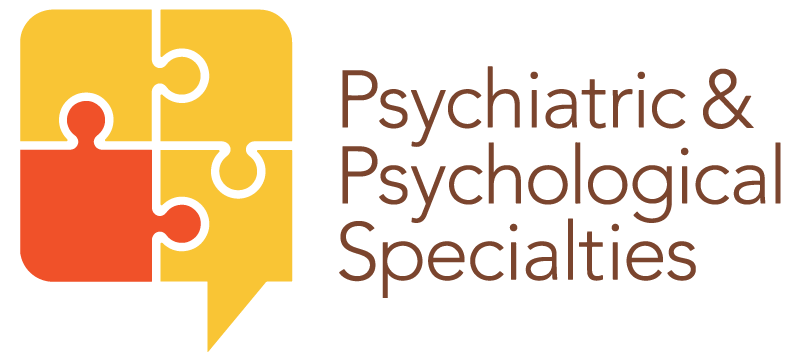What You Need to Know About Mental Illness
@kaakamakaaka via Twenty20
Every year, one in four Americans suffers from a diagnosable mental disorder that interferes with their ability to function at work or school or in their daily lives, according to the National Institute of Mental Health. Some people may have more than one mental disorder.
Yet many of those with a mental disorder don’t seek treatment. Nearly 30 percent of people surveyed in 2006 by the American Psychological Association said they wouldn’t go to a mental health professional because they didn’t think treatment would help. Others don’t get help because they don’t recognize the symptoms. Yet others may not seek treatment because they can’t afford it. The unfortunate result can be a worsening of symptoms and, in some cases, suicide.
Real Illnesses
People who don’t realize mental illnesses are as real as heart disease or cancer and require and respond well to treatment tend to keep their symptoms and feelings to themselves. But understanding that mental illness isn’t a weakness or defect in character helps people seek help and proper treatment so they can achieve wellness and balance.
The term “mental illness” or “mental health problem” encompasses numerous disorders. Some of the more common mental health problems include depression, anxiety and panic disorder, post-traumatic stress disorder, bipolar disorder, and attention-deficit/hyperactivity disorder. Substance abuse is considered a mental health problem, as well.
Often, mental health problems arise from heredity, abnormal brain chemistry, substance abuse, and responses to traumatic events or abusive environments. In other words, a mental illness isn’t the fault of the person who’s suffering.
Signs and symptoms
Learning common symptoms of mental illness can help you seek treatment for yourself or a loved one:
Feeling sad, burned out or useless. Everyone feels down from time to time, but if that emotion continues for more than two weeks and is accompanied by feelings of guilt and hopelessness, it could be an indication of depression. The persistence and severity of such emotions distinguish depression from normal sadness and mood changes. Other symptoms that characterize depression are sleep problems, loss of self-esteem, and an inability to feel pleasure in formerly enjoyable activities.
Ongoing worries and fears. People who suffer with unrealistic or excessive anxiety and worry about life circumstances could have an anxiety disorder.
Sudden, intense apprehension, fear, or panic. Heart palpitations, chest pain, smothering sensations, dizziness, trembling, and faintness can be signs of panic disorder.
Unexplained physical symptoms. Ongoing physical symptoms, such as headaches, stomachaches, and chronic pain (especially backaches) with no explicit cause, can indicate emotional upset or stress overload.
Chronic fatigue and lack of energy. When the body can’t handle emotional overload, it can shut down. Feeling too tired to do the things you used to love can be a sign of emotional distress or depression.
Avoiding other people. Spending all your time alone instead of with friends or family could be a sign of stress overload or a social phobia.
Other symptoms of mental health problems include chronic nightmares, flashbacks, dramatic changes in sleep or weight, or substance abuse, including alcohol.
People who experience emotional disorders don’t have to suffer without help. It’s entirely possible to mend the mind through therapies and support services. Don’t be afraid to ask for help. It’s a sign of strength, not weakness.

